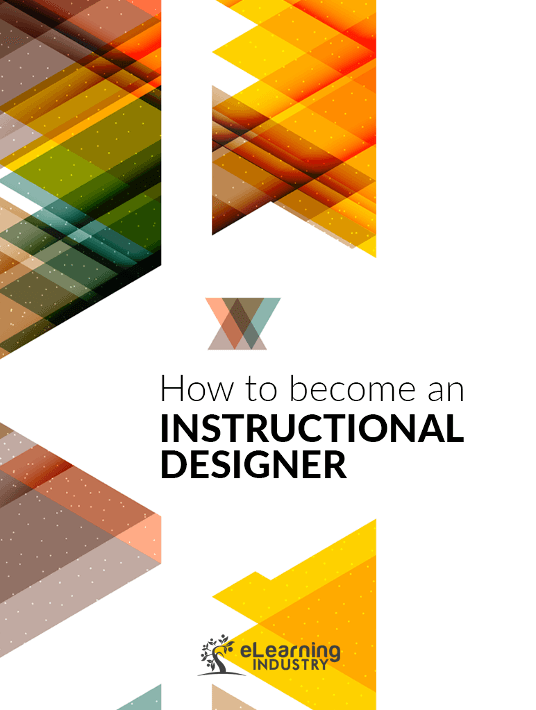Like any journey, there are multiple paths to a destination. I’m going to describe three: the formal path, the informal path, and my path.
Formal Path (Recommended for the college-bound) If you don’t already have a bachelor’s degree, get one in Education or Instructional Design. If you already have a bachelor’s degree, but it’s in an unrelated field, consider obtaining a master’s degree in Education or Instructional Design.
Informal Path (Recommended for those in midcareer) If you’re looking to transition into Instructional Design from an existing career, then consider looking for opportunities in your current career that allow you to train or educate others. Ensure that, when these opportunities arise, you create deliverables that you can include in a portfolio. These deliverables should include the following:
- Needs assessment that identifies the knowledge gap of your target audience
- Learning objectives based on the findings from the needs assessment
- Instructional plan and/or Instructional sequence
- Storyboards
- Instructional materials
- Assessment plan
- Evaluation plan
- Project tracking document
- Feedback to be used for continuous improvement
In addition, after completion of a successful project, ask for references (e.g., LinkedIn recommendations) for classes, programs, or curriculum that you have created or helped to create.
My path (Not recommended)
After I graduated with a B.S. in economics, the company at which I worked as an intern hired me full-time. I worked hard and did my job well, and when the company centralized their offices, I was asked to help hire and train staff at the central office. One training assignment led to another, and before I even knew there was a name for it, I was an Instructional Designer. Therefore, Instructional Design found me; not the other way around. I eventually obtained a master’s degree in adult education with an emphasis on distance learning. I’m still a student now. I’m currently working on my graduate certificate in teaching technical communication, and, you never know, I may someday obtain a PhD; but who knows what will find me next.


